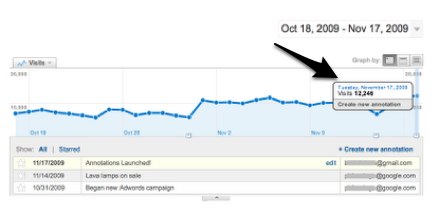What is canonical page?
A canonical page is the preferred version of a set of pages with highly similar content.
It's common for a site to have several pages listing the same set of products. For example, one page might display products sorted in alphabetical order, while other pages display the same products listed by price or by rating.
According to Google official blog:
If Google knows that these pages have the same content, we may index only one version for our search results. Our algorithms select the page we think best answers the user's query. Now, however, users can specify a canonical page to search engines by adding a link element with the attribute rel="canonical" to the head section of the non-canonical version of the page. Adding this link and attribute lets site owners identify sets of identical content and suggest to Google: "Of all these pages with identical content, this page is the most useful. Please prioritize it in search results."
How do I specify a canonical page?
To specify a canonical link to the page http://www.example.com/product.php?item=swedish-fish, create a link element as follows:
link rel="canonical" href=http://www.example.com/product.php?item=swedish-fish
Copy this link into the head section of all non-canonical versions of the page, such as http://www.example.com/product.php?item=swedish-fish&sort=price.
Labels: What is canonical page

